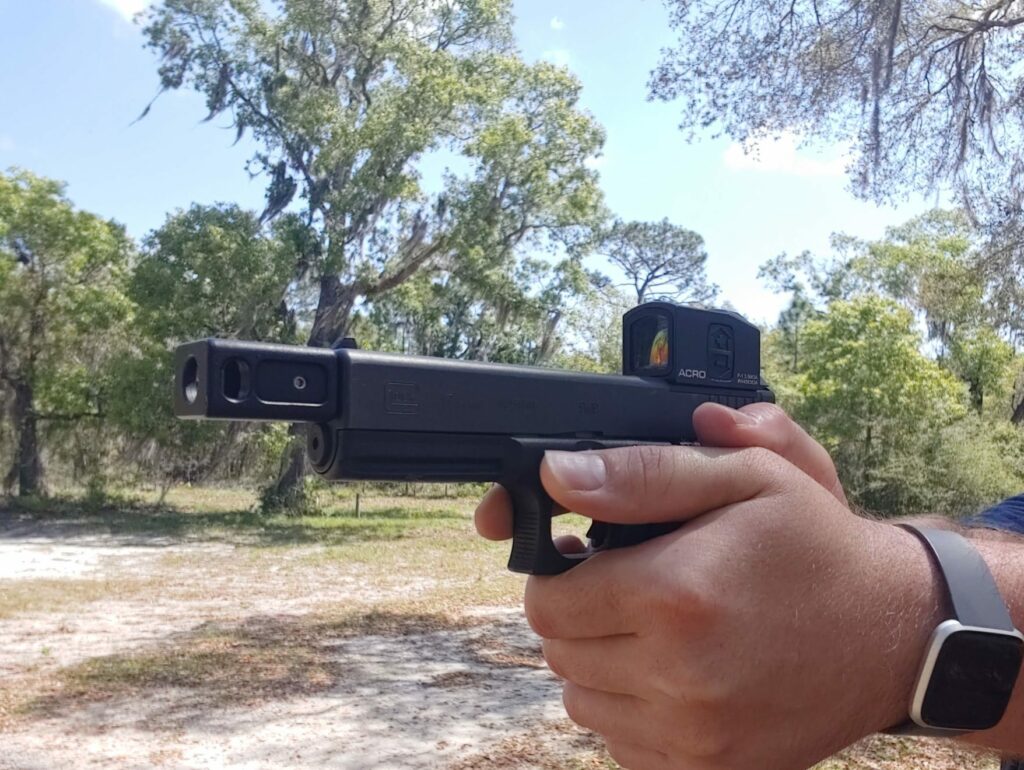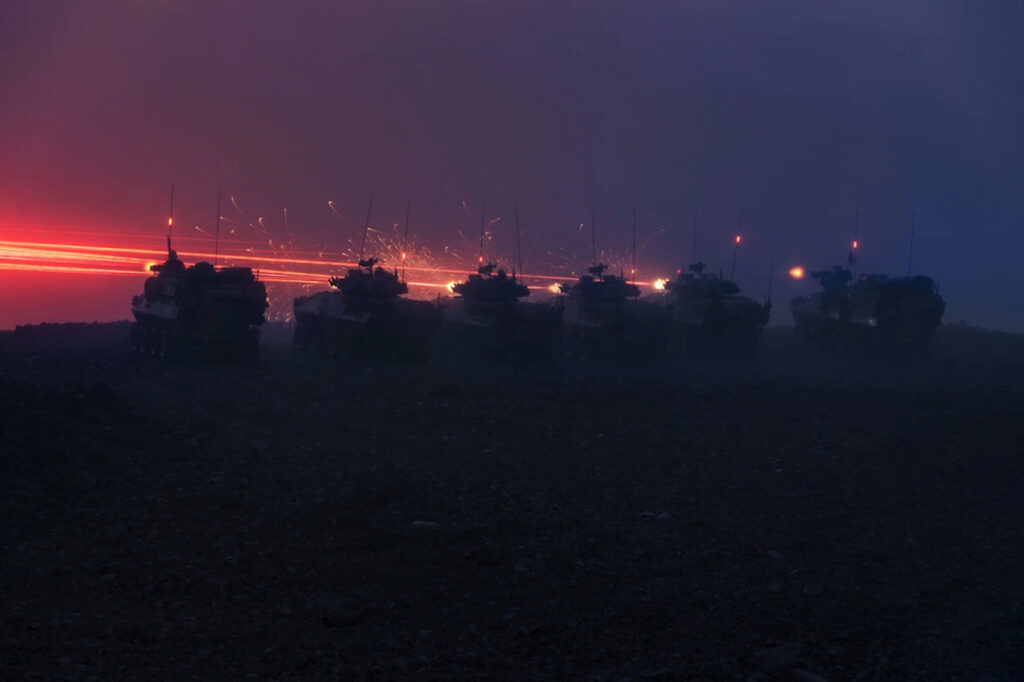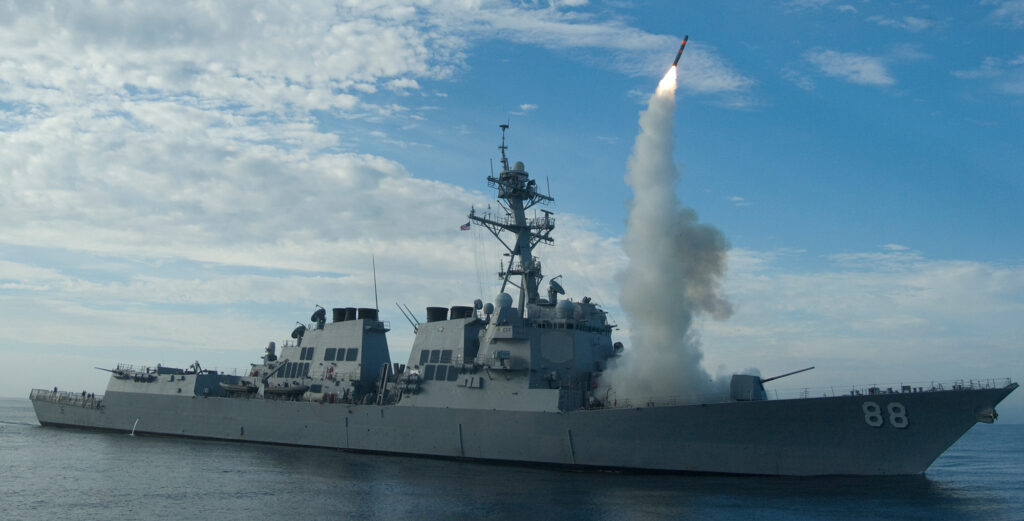As a slow lumbering beast, the military is often rarely fast to acquire and accept new technology. One such example is the adoption of red dot sights on handguns. The world of competition shooting, elite police forces, and everyday joes are full of red dot-equipped handguns. I have good news for you: and it doesn’t seem like the military protests the idea too much.

The best evidence I can offer is the new SIG M18 and M17 pistols. All four branches have adopted the new SIG pistols and will begin fielding them soon. Every M17 and M18 pistol features a slide cut for a Leupold Deltapoint Pro. While DPPs are not being fielded just yet, the possibility exists.
USSOCOM, or United States Special Operations Command, has been fielding the Trijicon RMR Type 2 since at least 2018, with elite forces fielding them for years and years now. General Austin Miller, former Commander of NATO forces in Afghanistan, carried a highly customized Glock complete with a Leupold Deltapoint Pro.

Related: The military needs to ditch the world’s most dangerous duty holster
Your question is likely the following…
What do red dots on handguns offer shooters?
Competition shooters were the first to adopt red dots on handguns, and they did it decades ago. The mounts and optics were massive, but they offered shooters unparalleled speed. Speed wins competitions, and ‘Open’ divisions are ruled by optics’ equipped guns.
Red dot technology has improved significantly since those early days, and the dots have shrunk, as have their mounting options. What hasn’t changed is the speed red dots offer shooters. Since the dot is the reticle, there is no need to align iron sights. Put the dot on the target and pull the trigger.

Beyond speed, the reticle of a red dot optic is precise and allows for precise aiming and shooting with fewer discrepancies. Aligning iron sights perfectly in a gunfight is rather difficult. Sometimes your front sight is a little high, and sometimes it’s low. A red dot is a red dot. Put it on the target and go.
On top of that, red dots allow the shooter to focus on the target and not the front sight. Front sight focus is key to accurate engagement. However, when you use a red dot, you can focus on the target. It’s easier and more instinctive, especially when stress is high. Red dots on handguns give shooters enhanced accuracy.

Lastly, red dots on handguns extend the effective range of a shooter. Well, at least as far as mechanical ability goes. A poor shooter is a poor shooter regardless of their gear. Red dot reticles are often smaller than front sights, and since they are smaller, they cover less of the target. This allows the shooter to better see and engage their target.
Finally, you can see the red dot day or night. It doesn’t rely on ambient light or tritium vials to illuminate. It’s a highly efficient sight for all lighting situations.
Related: Not Army: The unique weapons Marines got stuck with in the Pacific
Let’s play the what if game
Every piece of technology being adopted by the military in any capacity should be thoroughly vetted. While that’s not my job, I can play the what-if game, and we can discuss some of the challenges red dots on handguns face.
What if the battery dies or the optic breaks?
Well, when and if the military adopts red dots on handguns on a larger scale, they also need to adopt suppressor height sights. These sights enable shooters to see through the lens and use the iron sights. These backup sights ensure the weapon stays usable and accurate even in the worst situations.

With that said, modern handgun red dots are built to last. They can take some serious abuse before they tap out. Some are even tougher than basic iron sights. And because these optics last tens of thousands of hours on a single battery, you don’t have to worry about the battery dying on you in the fight.
What if the lens gets covered in dirt/snow/mud/dust etc.?
If the lens becomes occluded, it’s still usable. Occluded shooting optics exist and were common among early red dots. I can place a layer of tape over my entire lens and still accurately land shots with a red dot. Shooters focus on the target, and with both eyes opened, the dot will appear over the target. Admittedly, a mud-covered optic creates a blind spot in your vision, but you should still be able to find your target and put them down without much trouble, especially at common handgun engagement distances.

What about water exposure?
As a grunt, I can tell you that I was exposed to water in various forms all the time. Sometimes it was waist-deep, sometimes it was coming from the sky, other times it was filling an AAV. Yep, the American fighting man is exposed to tons of water in his time. Do not fret; modern red dots are extremely tough and will take all kinds of abuse and keep on keeping on. That includes when exposed to water.
The truth is…
Red dots on handguns are here to stay. In fact, they are just going to get tougher, more efficient, and better suited to modern warfare. We’ve reached a time where optics technology is absolutely amazing, and tossing a red dot on a handgun will make our warfighters more efficient, more accurate, and ultimately more deadly.





